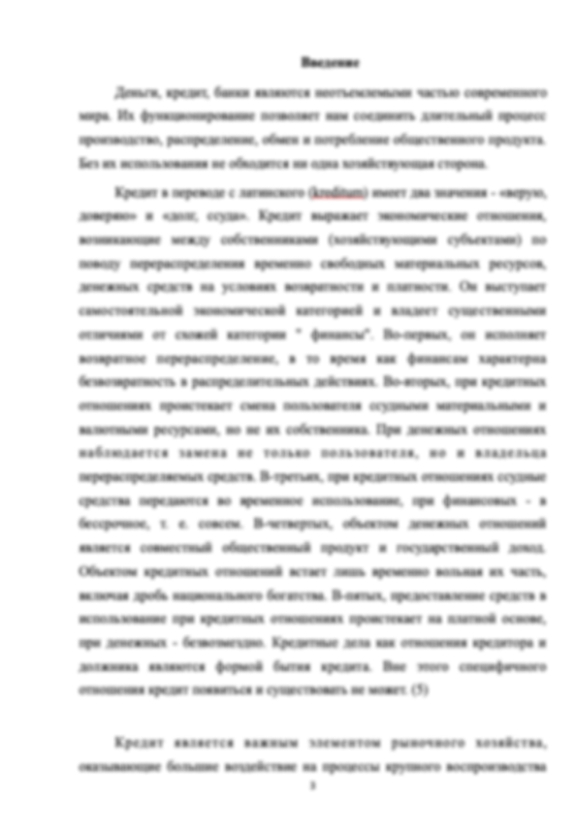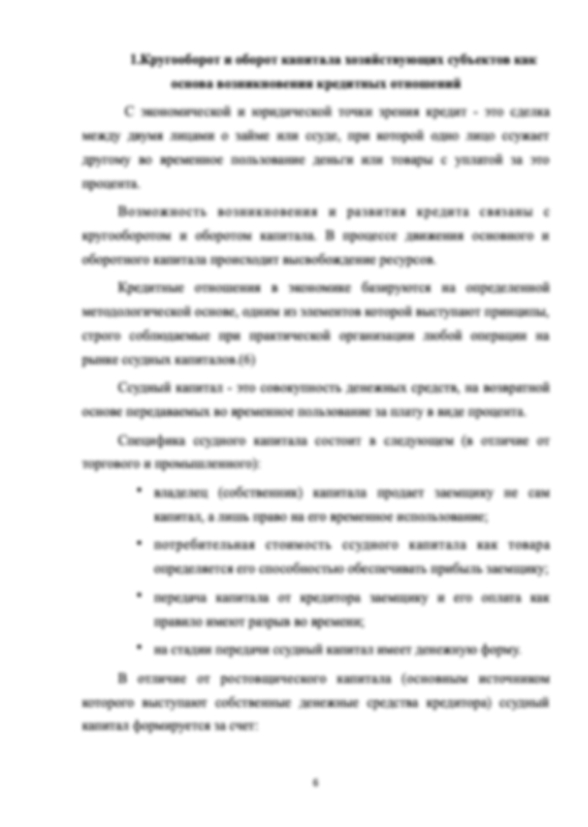Благодарим автора за выполненную курсовую работу по китайскому языку! Работа сдана в срок ,всегда быстро выходит на контакт, приятное сотрудничество, профессиональный подход.
Информация о работе
Подробнее о работе

functional aspect of intonation
- 26 страниц
- 2016 год
- 362 просмотра
- 1 покупка
Гарантия сервиса Автор24
Уникальность не ниже 50%
Фрагменты работ
Intonation is a main feature in the process of communication. Communication has its great goal of exchange of information. It takes more significance in modern world where the English language becomes the tool to exchange the information during bargaining, trade, health care, economic relations, education etc., almost each part of our lives.
Intonation is a feature of all languages. It could be ridiculous to speak to each other without any change of intonation. Speaking with intonation changings according to the situation is in the human nature, men and women. Different linguistic schools refer to the role and functions of intonation in various ways. As M.V. Yevstifeyeva says, intonation is a phonetic phenomenon generally studied within the following language aspects: acoustic, auditory and functional. The acoustic and auditory characteristics of intonation are combined within the perception level; the first present special interest for research work in theoretical phonetics, the second are connected with teaching practice. The functional level actualizes linguistic functions of intonation [6, p.88]. The latter is the subject of our study.
What is the role of intonation in the language? We cannot separate intonation and communication. Intonation is a powerful tool to express meaning. There is no sentence without a particular intonation in any language and no meaning can be expressed without it[ ].
Intonation is the most unusual feature of speech. There are some marks that help us to define the sentences in written speech and thus to ease the understanding. These marks are question marks, exclamation points, and commas. However, there are no such symbols in oral speech. That is a phenomenon of oral speech. And we never know how sounded the speech in the past, in different countries or even regions of our own country.
Referring to the Russian language, in a phrase, the most important function of intonation is to indicate the completeness, or non-completeness of a statement. Intonation may beassigned to a single word, a small group of words – a nuclear part or even a syllable. For Example, "Really?" — "Really".
Another important function of intonation is the definition of interrogative, exclamation or affirmative (narrative) statements. Actually, these types of tones common to all languages in the world.
Narrative intonation characterizes the lowering of tone in the last syllable, and antecedent to, slight Raise of the pitch. The highest pitch is the intonational Raise, the lowest — intonational Fall. In the simplest phrase can be one top and one fall. In more complex statements can be several Raises, and they are preceded by a partial fall of intonation, or more falls.
In an interrogative tone there are two types: a) if we are talking about the entire statement, there is a rising tone on the last syllable, and b) the word to which you sent the question has a higher pitch
Exclamation intonation can display: a) actual exclamation; b) showing the encouraging motive, order and so on.
Again, speaking of the Russian language, the researchers combine these types of intonation in the term logical tone. That is, it is possible to know what is the nature of the statements.
Also, Intonation serves to connect or disconnectthe words and phrases. Here it comes the proper use of pauses (commas) when building a phrase.There is also such a thing as individuality. Each person has his own manner of use of intonation. Even here we are not talking about the situation of the conversation (if it's a scientific conference or speech twisters), it is due to individual characteristics we can easily distinguish one person from another, only by way of conversation.
Whether it is possible to formulate a definition of what is intonation? For example, the Director of the Institute of linguistics Maxim Krongauz said that intonation is the most mysterious area of phonetics [2]. It is still not well understood, so there are many hypotheses in this area. There are many factors that have an influence on whether pleasant our conversant or not.This quality is intuitive in human being, but helps greatly during the speech.
Often occurs borrowing of intonating tone by one language from another. The media, in particular, contribute to this greatly. For example, from English-speaking countries to Russia came the fashion of the television announcers to finish the phrase with the accent on the last words. We cannot capture the intonation that is why it changes. In particular, the theatres, movies and television are the primary lawmakers of the historical changes, because it is able to convey depicted information to the society.
In particular, as Anna Petrova, a teacher of scenic speech, doctor of arts, professor, noticed about the character of an era, the manner of human speech always corresponds to its time. Because there are cliches in the speech, often lost its naturalness and vitality. If this occurs hence the search for other means of expression thoughts and feelings starts.By the departure of an era, the appropriate intonation goes away simultaneously. However, the sad fact that in most of the historical movements it is not the progress, but cultural decline. It is noticed that media brings more negative innovations, wrong, strange intonations, and grammatically incorrect structures.
Well, we are not supposed to be so pessimistic as science and linguistics, in particular,move forward. New activities to attract the masses to the questions of the correctness of the construction of speech have been deliberated and established. There are new techniques that are able to attract people to draw their attention to the manner of speakingand intonation, etc.
Intonation plays a special role in prose and poetic speech. Normally, verse form of presentation has its fixed rules and manners of speech. Depending on the genre and nature of verse, there are some special characteristics of intonation.Thus, the phenomenon of intonation is the complex and multidimensional subject.It requires consideration in the system's inherent properties and approaches.
The study of this subject is actual nowadays because scientific research of the functional aspect of intonation have been initiated relatively recently and there are still many gaps in this knowledge. Besides, understanding the functions of intonation can greatly improve your personal success, as possessing the right techniques of conducting the conversation, you can conciliate the people and to achieve your goals.
Introduction…………………………………………………………………………… 3
1 Definition and Functions of Intonation…………………………………………….
1.1 Approaches to the Intonation Study…………………………………………...
1.2 Definition of Intonation………………………….
1.3 Functions of Intonation………………………………………………………..
1.3.1 Distinctive function……………………………………………….
1.3.2 Constructive function …………………………………………………
1.3.3 Intonation and text linguistics………………………………………….
1.3.4 Additional functions……………………………………………………
2 Components of Intonation in relation with it’s functions…………………………..
3 Intonation and Style of a Text…………………………………………………………
Conclusion …………………………………………………………………………………
Bibliography……………………………………………………………………………….
Intonation is a main feature in the process of communication and the process of communication has its great goal of exchange the information. It is important in modern world when the English language became the tool of international communication. Intonation is a phonetic phenomenon generally studied within the language aspects as acoustic, auditory and functional. The functional level of intonation actualizes linguistic functions of it.
Both the British and American school, intonation is restricted to the pitch (tone) changes only. There intonation is defined with pitch movements (or melody), because it has significant linguistic value. This point of view is shared by contemporary foreign linguists.
Russian linguistsstate that the priority of the pitch parameter is quite evident, but real communication involves the change of other intonation parameters as well as loudness, tempo and timbre.They are convinced that it is impossible to restrict intonation to pitch characteristics as they work together as a unit in the process of speech. Giving priority to the pitch variations, Russian linguists use a broader definition, that allows to consider the semantic value of all the three components ofintonation. So, they use term "prosody» along with the term "intonation". "Prosody" considers variations of the components of pitch, loudness and tempo. It should be pointed that British researchers view prosody aspitch, loudness, tempo and rhythm.
Everybody is agree that the main function of intonation is communicative function. According to J.C. Weels there are such functions of intonation:attitudinal, grammatical, focusing (accentual, informational), discourse (cohesive), psychological, indexical.
According to D. Crystal, there are the following functions of intonation:
1. The emotional function. Intonation serves to express attitudinal meaning of a speaking person, for example interest, impatience, delight, irony, shock, anger, etc.
2. The grammatical function. In this case intonation stimulate better understanding of the speakers because they certainly identify grammatical structures in oral speech (statements, questions, exclamations, commands).
3. The informational function.Here the intonation directs the listener’s attention to the new information in speech by the most remarkable tone.
4. The textual function.This intonation aids to identify and arrange meaningful units larger than the sentence.
5. The psychological function, when stretches of speech are split into units that are easier to perceive and memorize.
6. The indexical function, it serves as an important marker of personal or social identity with the help of distinctive prosodic features.
Russian linguistic school considers the functional aspect of intonation differently. It refers to intonation as a complex phenomenon with a general function of communication. This general communicative function of intonation is implemented in the communication process and speech and used: 1) to build the information content of a text and define new information; 2) to determine the speech function of a phrase and identify sentence types; 3) to express an attitudinal meaning such as surprise, annoyance, etc.; 4) to build a text and arrange smaller units (phrases, intonation groups); 5) to distinguish between the meaning of the units with the same grammatical structure and lexical composition; 6) to characterize a particular style of oral speech.
For educational purposes Russian authors M.A. Sokolova, K.P. Gintovt, and others [4, p. 101]specify the two main functions of intonation as a powerful means of communication: the constitutive and the distinctive ones:
1. The distinctive function of intonation aids to eliminate communicative types of sentences along with the actual meaning of a sentence, the speaker’s attitude to its contents and the style of the utterance. In this case the sentences are of the same structure but they differ on in the stress of some parts.
2. The constitutive functiondescribes the intonation as an organizing mechanism. From this point of view, intonation helps to subdivide texts into intonation groups with a certain structure as well as to integrate intonation groups to build a complete text.
The main conclusion can be made from all of the above information: the great function of intonation is communicative function.This function of intonation leads us to the numerous uses, which can be systematize in two parts: the use of intonation to distinguish meanings and the use of intonation to organize, or structure the oral text.
There are also additional functions of intonation such as pragmatic, rhetorical and social functions.
The opposite process, when intonation is used to combine little spoken units and arrange those into the bigger units so called phonopassagesof the texts. Some passages can be subordinates to another. This process is isolated in separate integrative functionof intonation.
Authors pay close attention to the role of intonation in the process of expression the informational content of an utterance. Generally, Intonation must highlight the most important information in an utterance. This aids to eliminate a new or important and the information previously known to the person who plays the role of the listener in the conversation. Here the information in the whole passage is splitted up into the new (the rheme)and a given (the theme)parts. Explaining that, the theme is what the speaker told previously or it is known to the both or assumes, and the listener already knows this given information. And the rheme is a new information and the speaker is sure that the listener does not know it. Also, it can relate to the information that the speaker and the listener share. The rheme concentrates the information in such sentences and it can consist of a single word or of a several words. So, the nuclear tone emphasizes the nucleus of the information centre in other words, the informationfocus.
Intonation contributes to construct an oral speech in a range of ways:
1) Intonation gives signals between different parts of the text. By the meanings of pitch parameters and pauses. In general, the beginning of a topical unit is marked by a high onset, in other words, the pitch range in the initial syntagm is comparatively wide and then it becomes narrower and narrower moving towards the end of the textual unit. There is a marked change of pitch at the boundaries between textual units along with rather long pauses or changing the loudness.
2) Intonation creates linkage and harmony between parts of the text, semantic structure inside the text. It helps to emphasize important and new information, for example in lectures or other monologs. The prosodic structurehere is generally described by higher key, wider pitch range, greater loudness comparing to the phonopassageswhere the additional or less important information is transmitted.
In dialogues the prosodic structureplays the constructive role in structuring the dialogues well as the interaction itself (turn taking, interruptions and so on). Again, the structural items cannot be taken out of context, meaning both the verbal context and the speech situation. There several factors affecting the choice of type of intonation in the context. Usually in this respect, two aspects are taken into consideration. Those are the usage of intonation to focus the listener’s attention to the most important parts of the text and the other is the usage of intonation to regulate behavior during the conversation.
Regarding the regulation of behavior, there are some prosodic tools that a speaker can use to signal that he finishes the speech or intend to continue the conversation or he is waiting a reply. The High Fall of High Raise at the end of the sentence usually signs that it is the turn of a conversant to speak.
The functions of intonation are clearly demonstrated trough the Style of a text. In this relation, there are: Informational, Academic (Scientific), Publicistic (Oratorial), Declamatory (Artistic) and Conversational (Familiar) Styles of the oral speech.
The usage of components of intonation and prosody in the functional aspect is very important part of knowledge because it serves for educational purposes. There are still many unknown and not investigated aspects which can be the subjects for the subsequent research.
1. Nikolayeva T.M. Otzvuka k textu. - M.: Yazykirusskoykultury, 2000. – 680 pp.
2. Radio «Freedom». Intonation of oral speech. January, 27.– 2006 /http://www.svoboda.org/a/129847.html
3. Sokolova M.A., Tihonova I.S., Tihonova R.M., Fredlina Y.L. Teoreticheskayaphonetikaangliyskogoyazyka. - Dubna: Fenix +, 2010. – 192 pp.
4. Sokolova M.A., Gintovt K.P. and others. Prakticheskayaphinetikaangliyskogoyazyka. - M.: Vysshayashkola, 1997. – 384 pp.
5. Vrabel T.T. Lectures in theoretical phonetics of the English language and method-guides for seminars. – Ungvar: PoliPrint, 2000. – 176 pp.
6. Yevstifeyeva M.V. Teoreticheskayaphonetikaangliyskogoyazyka. Lekcii, seminary, uprazhnenija. - M.: FLINTA: Nauka. 2012. – 168 pp.
Форма заказа новой работы
Не подошла эта работа?
Закажи новую работу, сделанную по твоим требованиям


